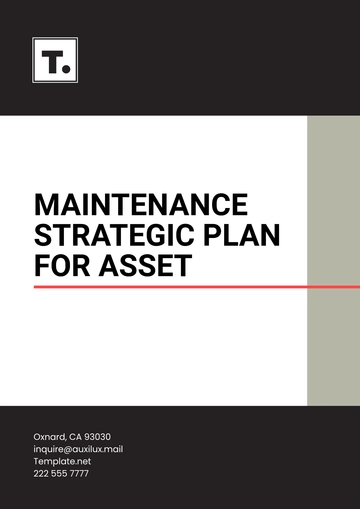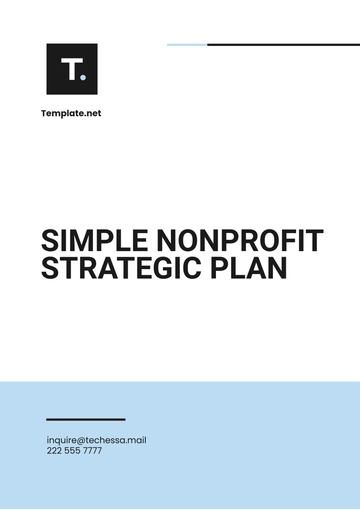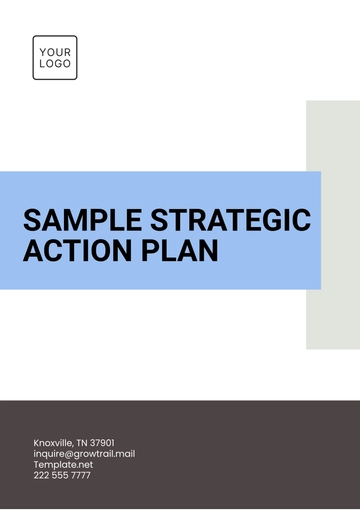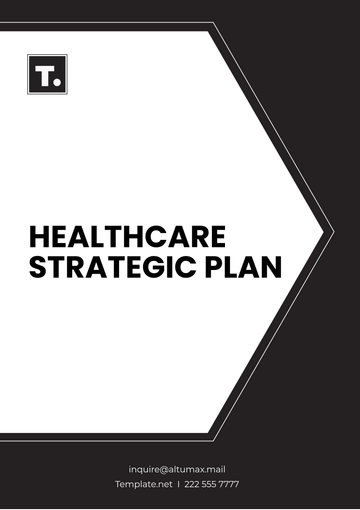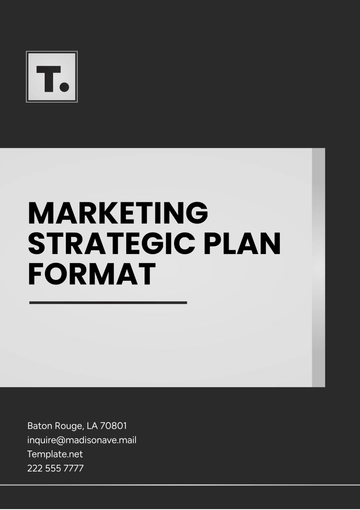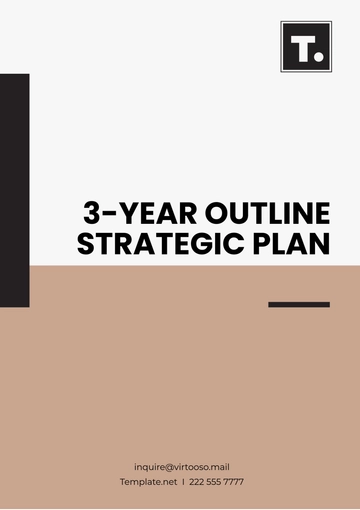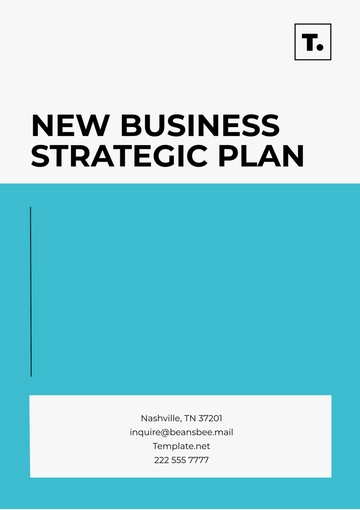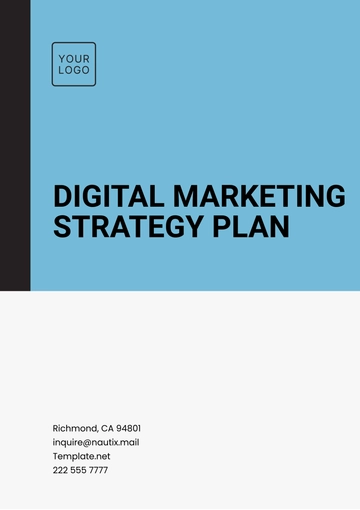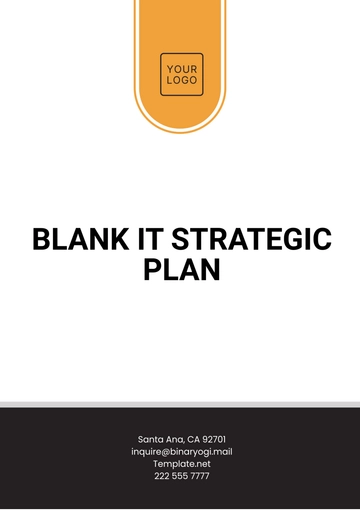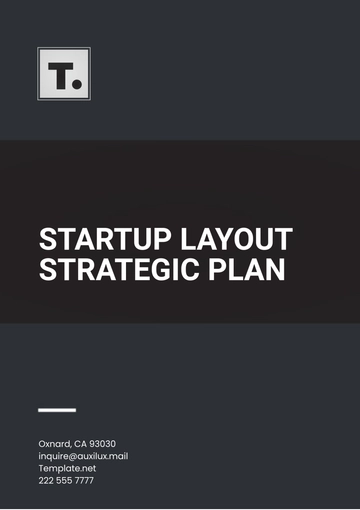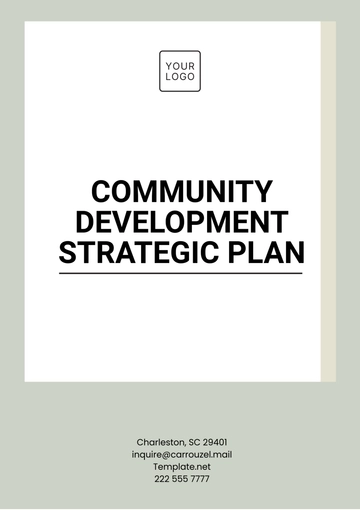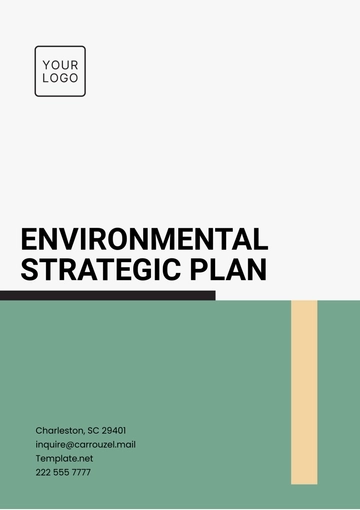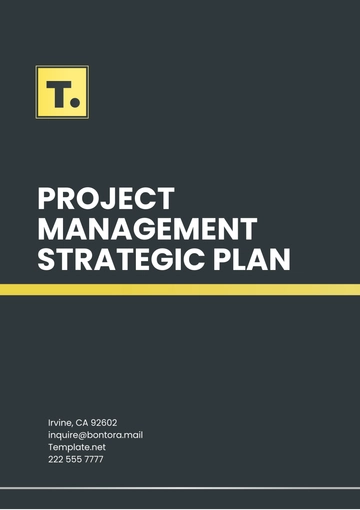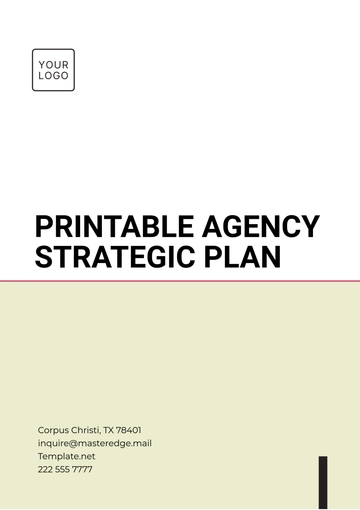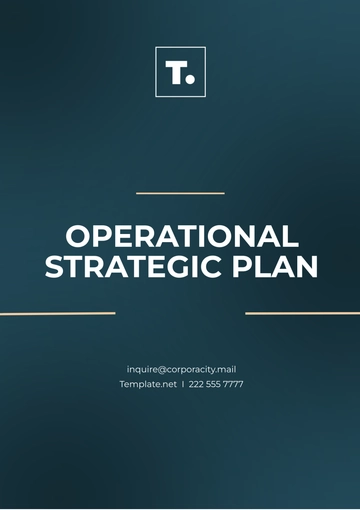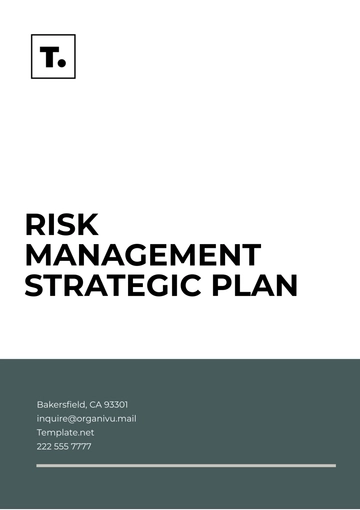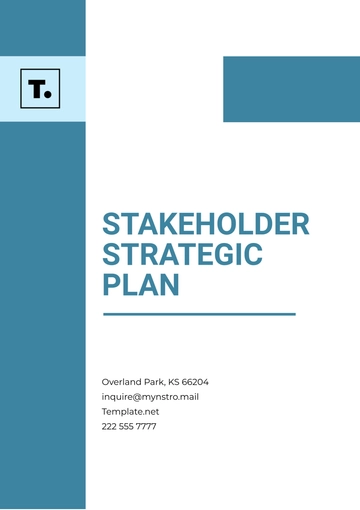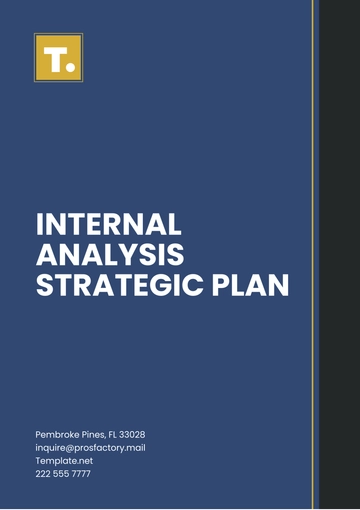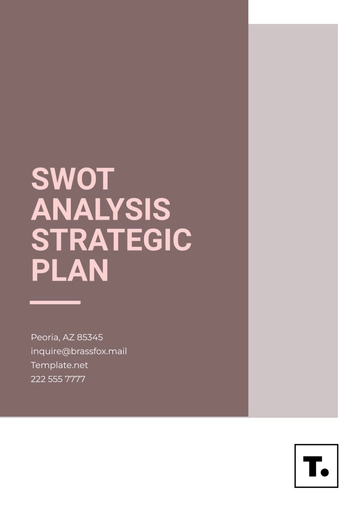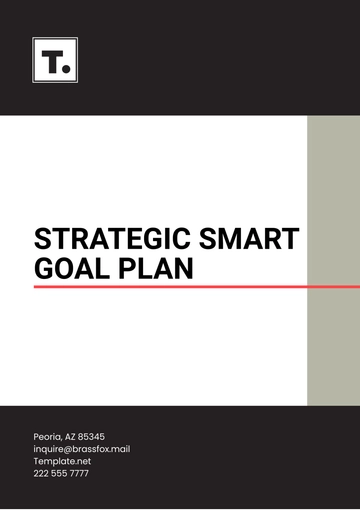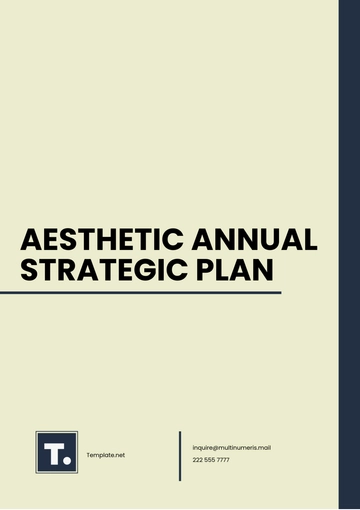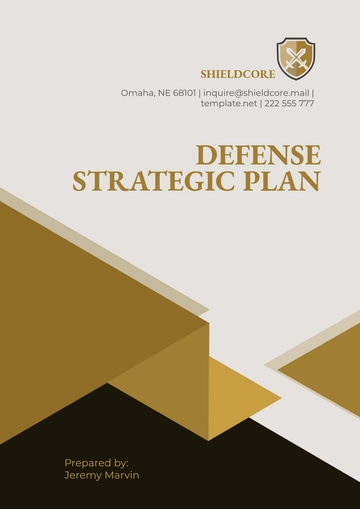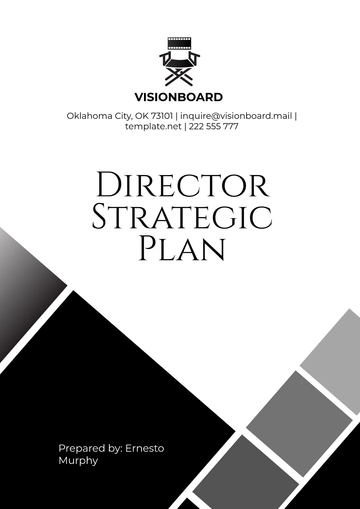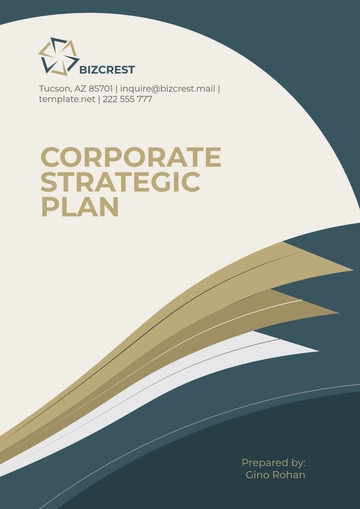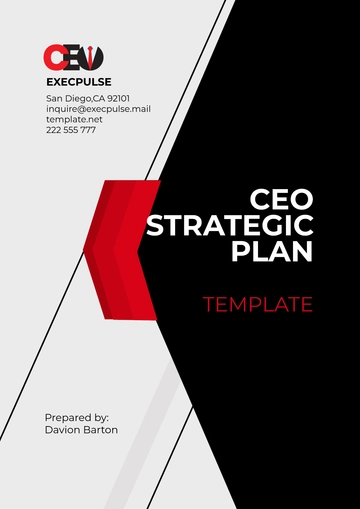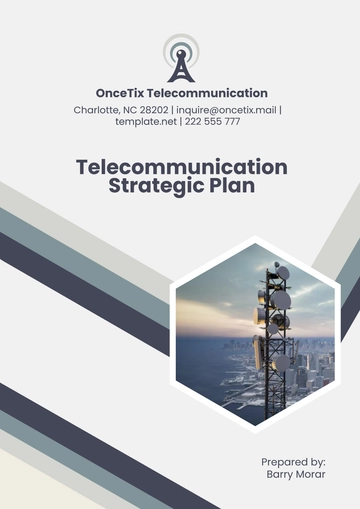Free Event Layout Marketing Strategic Plan

Prepared by: [YOUR NAME]
Date: [DATE]
I. Introduction
The purpose of this strategic plan is to provide a detailed approach to marketing the event layout. This plan outlines the key strategies and tactics that will be employed to effectively market the event's layout design, ensuring maximum engagement and visibility.
II. Objectives
The primary objectives of the event layout marketing are:
To create awareness about the unique layout features of the event.
To attract a targeted audience to the event through compelling messaging.
To engage stakeholders and participants effectively.
To leverage digital platforms for broadened reach.
III. Target Audience
Understanding the target audience is crucial for tailoring the marketing strategies effectively. The target audience for the event layout includes:
Event attendees who are interested in innovative and engaging layout designs.
Partners and sponsors looking for visibility and engagement opportunities.
Press and media outlets focusing on event innovations and highlights.
IV. Marketing Strategies
A. Digital Marketing
Utilize digital platforms to reach a broader audience and engage them effectively. The components of the digital marketing strategy include:
Social Media Campaigns: Leverage platforms like Facebook, Instagram, and Twitter to showcase the layout's unique features and engage users through interactive posts and live updates.
Email Marketing: Send targeted emails to existing and potential attendees highlighting the event layout's key attractions and benefits.
Content Marketing: Create engaging content such as blogs, videos, and infographics that highlight the layout's innovation and functionality.
B. Traditional Marketing
Despite the digital emphasis, traditional marketing tactics remain relevant for comprehensive outreach:
Press Releases: Distribute press releases to highlight the event's unique layout features and innovations to attract media coverage.
Print Advertising: Use brochures, flyers, and posters strategically placed in high-footfall locations.
Partnerships: Collaborate with local businesses and organizations to co-promote and emphasize the unique aspects of the event layout.
V. Budget Allocation
A well-structured budget is essential to implementing marketing strategies effectively. Below is a proposed budget allocation table:
Marketing Channel | Budget Allocation | Percentage of Total Budget |
|---|---|---|
Social Media | $10,000 | 25% |
Email Marketing | $5,000 | 12.5% |
Content Marketing | $7,000 | 17.5% |
Press Releases | $3,000 | 7.5% |
Print Advertising | $8,000 | 20% |
Partnerships | $7,000 | 17.5% |
VI. Implementation Timeline
The marketing strategy will be implemented in phases to ensure comprehensive coverage and engagement:
Phase | Activities | Timeline |
|---|---|---|
Phase 1 | Initial Planning and Content Creation | Month 1 |
Phase 2 | Social Media Campaign Launch & Email Marketing | Month 2 |
Phase 3 | Press Release Distribution & Print Advertising | Month 3 |
Phase 4 | Partnership Engagement and Final Updates | Month 4 |
VII. Conclusion
Successfully marketing the event layout requires strategic planning and execution across multiple channels. By combining digital and traditional marketing efforts, and adhering to the outlined budget and timeline, the event will achieve maximum visibility and engagement, ensuring its success. Continuous evaluation and adjustment of strategies will be necessary to respond to any arising challenges and opportunities.
- 100% Customizable, free editor
- Access 1 Million+ Templates, photo’s & graphics
- Download or share as a template
- Click and replace photos, graphics, text, backgrounds
- Resize, crop, AI write & more
- Access advanced editor
